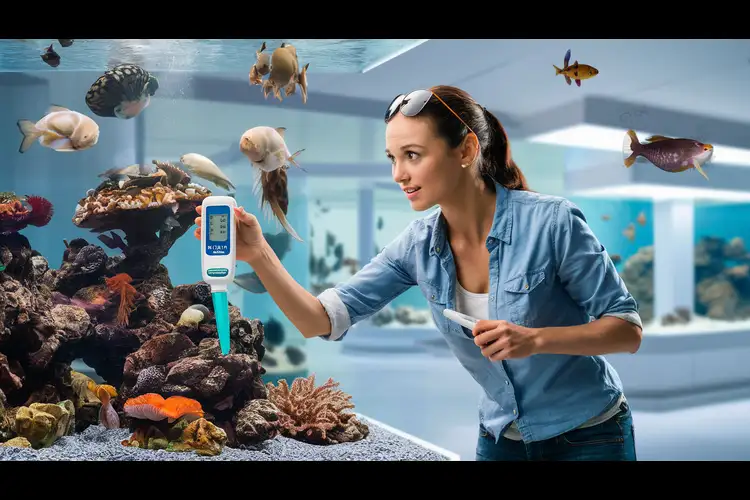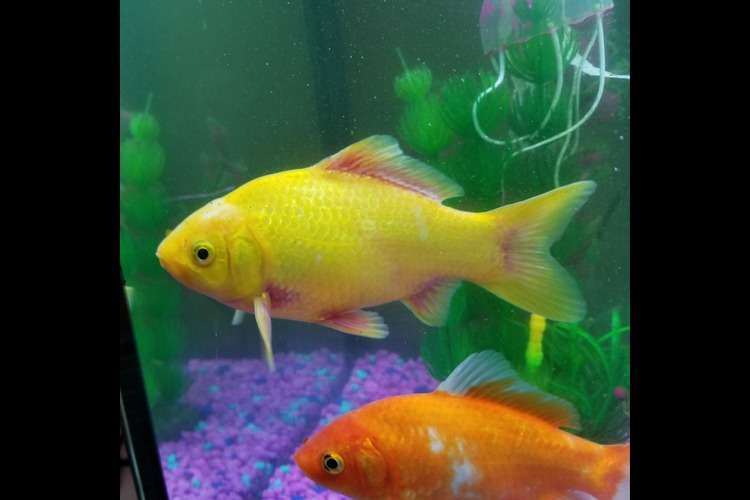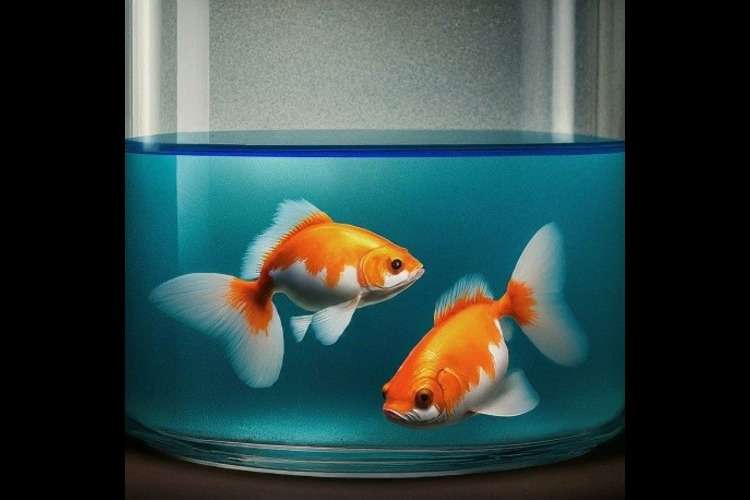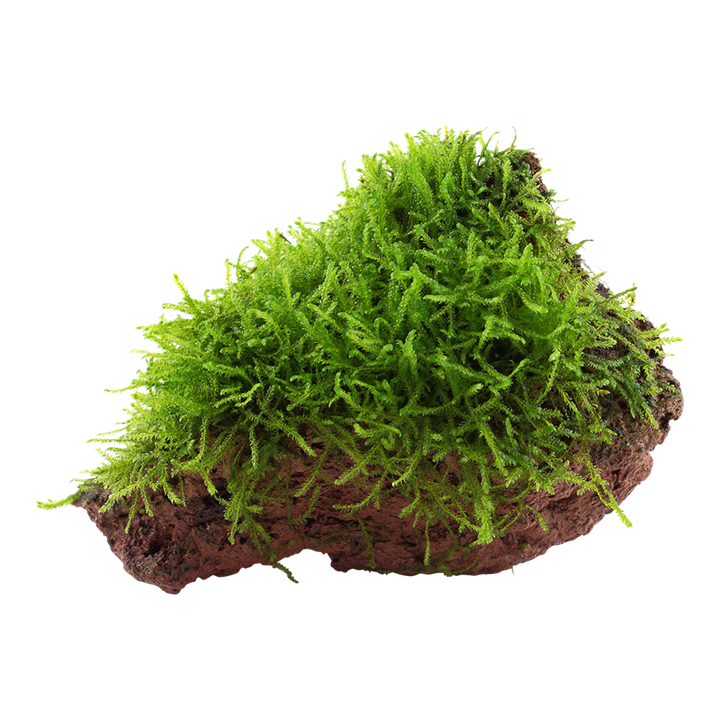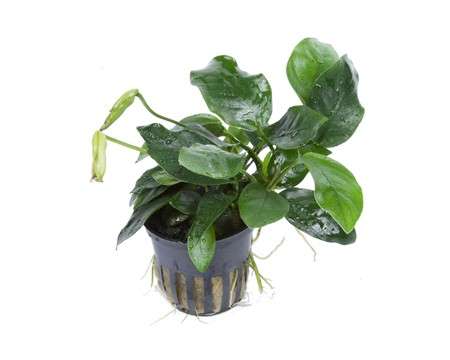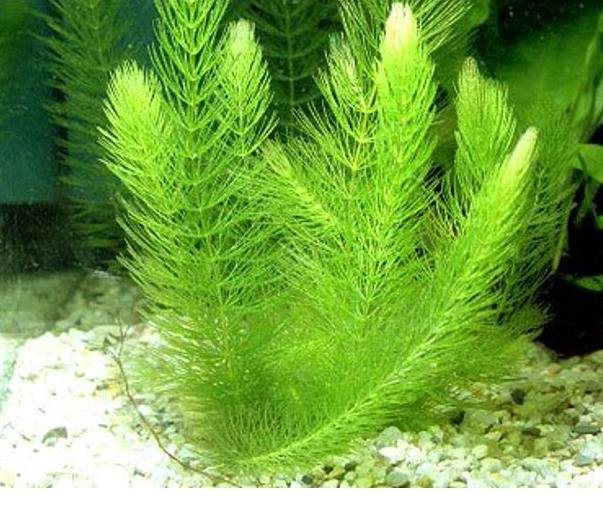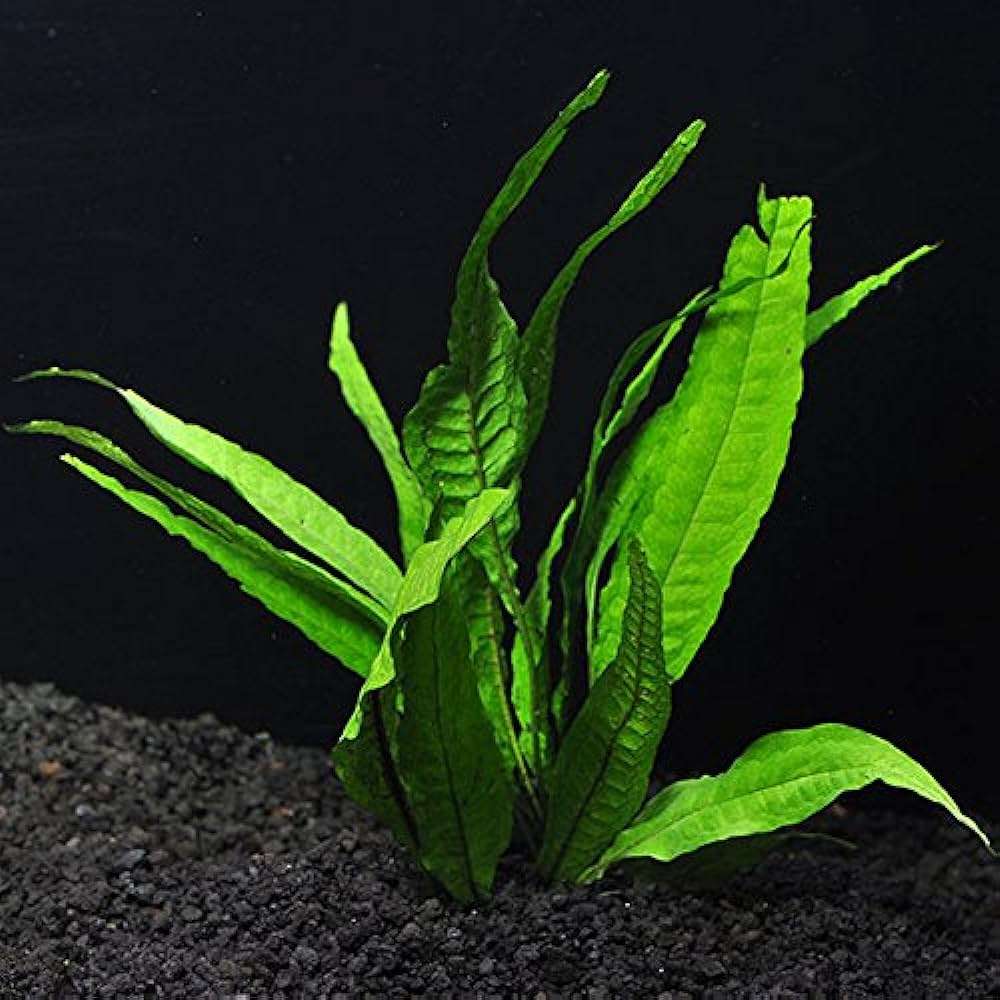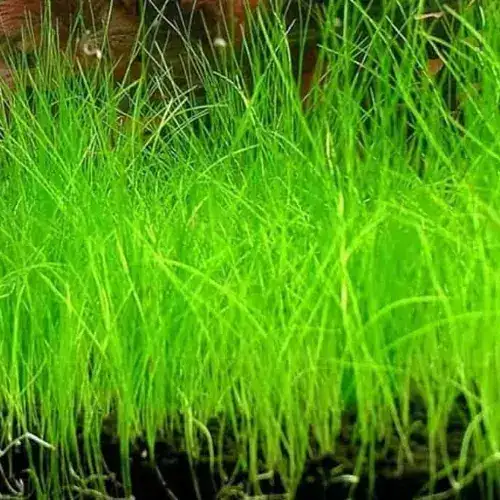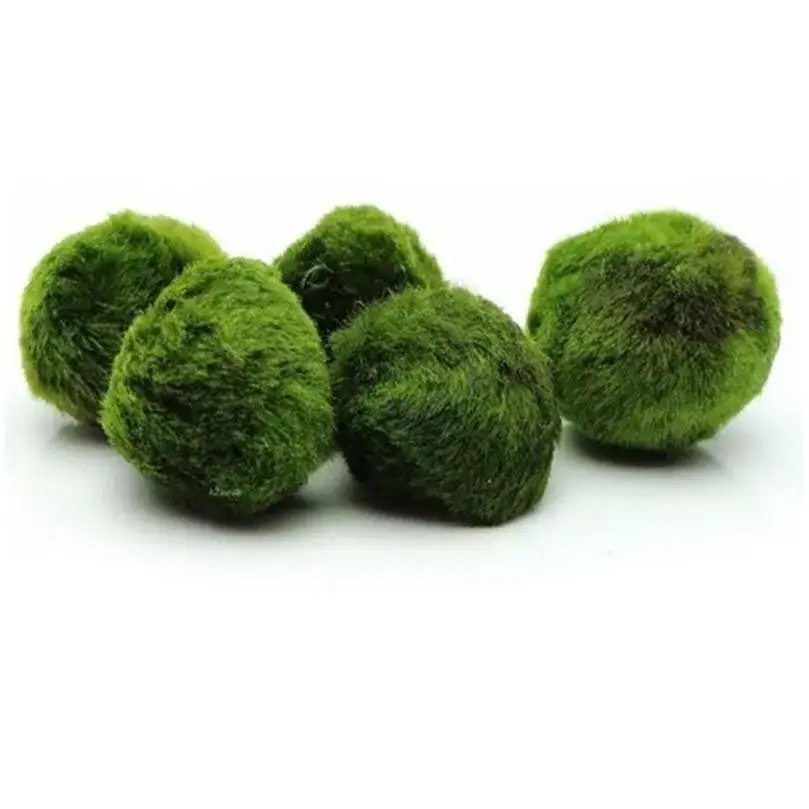Happy Aquatic Life starts with the right Tank Size! Find expert tips on selecting the perfect aquarium for your underwater friends today.
Imagine you are in a situation where there is not enough space for you to move! Or you are in a place where you can’t find any end! Is this okay for you!? When you search in google for the right tank size, you’ll find plenty of content that shows different ways on how to choose the right tank size! Right?
Fish are our friends. Will you allow your fish to get irritated? Or will you make them uncomfortable? Obviously not! The person who brought an aquarium for their house or for any commercial user is always a great fish lover. People never waste their money on any unwanted stuff.
Spending money on something might have some purpose. For example, bringing fish to your home will offer you with good decor, keep fish for a pet, entertainment purpose, etc. If we are using fish for our good we have to take care of them. Agree!?
Many people think, “aren't bigger tanks always better?” While spacious tanks offer undeniable advantages, the truth is, choosing the right size ( of aquarium) for your specific needs is essential for long-term health and happiness.
This guide will delve into the reasons why tank size is more than just aesthetics. We'll explore how the size of your aquarium impacts various aspects of fishkeeping, from water quality and filtration to fish compatibility and overall well-being.
The Science of Water Volume: Why Size Matters in Your Saltwater Aquarium?
The vibrant fish and mesmerising coral initially steal the show. You know!? The foundation of a thriving saltwater aquarium lies in its unseen hero: water volume. It's more than just a container; water volume plays an important role in maintaining a stable and healthy environment for your aquatic inhabitants.
Here let’s delve into the science behind water volume and its impact on various aspects of your saltwater tank.
Dilution is the Solution: Managing Waste Products
Fish produce waste, and in a confined space like an aquarium, these waste products can quickly accumulate, leading to detrimental effects on water quality. Ammonia, a toxic byproduct of fish respiration and decomposition, is a prime concern. Here's where water volume comes into play:
Larger Dilution Capacity: A bigger tank offers a larger volume of water, acting like a bigger dilution pool for waste products. This allows for more time for beneficial bacteria in your filtration system to break down ammonia into less harmful nitrates before they reach dangerous levels.
Reduced Ammonia Spikes: Smaller tanks are more susceptible to sudden spikes in ammonia levels due to factors like overfeeding or fish stress. A larger water volume provides a buffer, mitigating the impact of these spikes and allowing your filtration system to catch up.
Nitrates: The Downstream Impact
While ammonia is the immediate threat, the story doesn't end there. Beneficial bacteria convert ammonia into nitrates. While less toxic, nitrates can still accumulate in a closed system like an aquarium. Here's how water volume influences nitrate management:
Slower Nitrate Build-up: Larger tanks provide more space for dilution, allowing nitrates to build up at a slower rate. This gives you more time between water changes to maintain healthy nitrate levels.
Impact on Water Changes: Smaller tanks require more frequent water changes to keep nitrate levels in check, whereas larger tanks can benefit from slightly less frequent water changes due to the dilution effect.
Maintaining Equilibrium: Water Parameters and Stability
Saltwater aquariums thrive on consistency in key water parameters like pH, alkalinity, and temperature. Water volume plays a role in maintaining this crucial equilibrium:
Larger Buffer: Larger water volumes act as a buffer, helping to resist fluctuations in water parameters caused by factors like evaporation, fish waste, or the addition of medications.
Slower Parameter Shifts: In smaller tanks, even minor changes in these parameters can have a more significant impact. A larger water volume helps to dampen these shifts, providing a more stable environment for your fish.
Beyond Waste Management: The Impact on Other Factors
Water volume isn't just about managing waste and maintaining parameters. It also influences other aspects of your saltwater aquarium:
Fish Compatibility: Different fish species have varying space requirements for swimming, territorial behaviour, and overall well-being. A larger tank allows for a wider variety of fish and promotes peaceful coexistence.
Oxygen Levels: While water surface area plays a role in gas exchange, a larger volume can hold more dissolved oxygen, crucial for fish respiration.
Aquascaping Options: Larger tanks offer more space for creative aquascaping, allowing you to create intricate rockwork and coral displays.
Finding the Balance for Your Chosen Fish: A Guide to Tank Harmony
Creating a thriving underwater world for your fish goes beyond just adding water and colourful decorations. Each fish species has unique needs, or requirements and finding the right balance between tank size, community compatibility, and environmental factors is important for their long-term health and happiness.
Here are the reasons that you must think before choosing fish:
Understanding Your Fish:
The first step is to research the specific needs of the fish species you're interested in or you are going to purchase. Here are key factors to consider:
Adult Size: Fish can grow significantly! Choose a tank size that accommodates their full-grown length and width comfortably.
Swimming Behaviour: Active swimmers, like tetras or barbs, require more space to explore. Bottom feeders or slow-moving fish can do well in smaller tanks.
Schooling vs. Solitary: Schooling fish need ample space to swim together, while solitary fish might prefer hiding spots and a bit more personal space.
Territoriality: Some fish species are highly territorial and require larger tanks with hiding places and visual barriers to break sightlines. Research potential tankmates carefully to avoid conflicts.
Tank Size Considerations:
Once you understand your fish's needs, use this thumb rule for minimum tank size:
Length of Adult Fish x Number of Fish = Minimum Tank Length in Inches
For example, if you want to keep 5 Neon Tetras (adult size: 1 inch), a 10-gallon tank (minimum) would be appropriate (5 x 1 = 5 inches).
Don’t try to push everything in at once because overcrowding is a major stressor for fish, leading to health problems and aggression.
Community Compatibility:
You also have to think about your fish mates. You can choose your fish mates according to below factors:
Temperament: Peaceful fish shouldn't be housed with aggressive or predatory species.
Fin nippers: Some fish (like Barbs) are known for nipping fins. Avoid keeping them with species with flowing fins (like Angelfish).
Size Differences: Small fish can become meals for larger tank mates. Choose fish of similar sizes to prevent predation.
Choosing your favourite fish and fish mates doesn’t mean that your responsibility is over! You have to maintain your aquarium’s environment too. Let’s check out how you can create the best aquarium for fish?
Beyond Size: Creating a Balanced Environment:
Water Quality: Regular water changes and proper filtration are vital to maintain clean and healthy water.
Decoration: Provide hiding places (especially for shy fish), plants for a natural feel, and visually interesting elements.
Diet: Feed your fish a high-quality diet appropriate for their species and needs.
Lighting: Replicate natural lighting patterns with a timer to ensure proper day and night cycles.
By following all the above guidelines and prioritising your fish's well-being, you can create a balanced and thriving aquatic environment where your chosen fish can flourish.
Remember, happy fish are colourful fish! So give them the space,environment, and care they deserve to enjoy a long and healthy life in their underwater home.
Filtration Efficiency & the Tank Size
Well-functioning filtration system requires crystal-clear water, healthy fish, and a thriving aquarium. – But did you know that the size of your aquarium or tank plays a crucial role in choosing the most effective filter? Here's a detail about the relationship between tank size and filtration efficiency:
Understanding Filtration:
Aquarium filters are the workhorses of your aquatic world and they perform three essential functions:
Mechanical Filtration: Removes physical debris like fish waste, uneaten food, and decaying plant matter.
Biological Filtration: Houses beneficial bacteria that break down harmful ammonia and nitrite into less toxic nitrate.
Chemical Filtration: Certain filter media can remove dissolved impurities and medications from the water.
Tank Size & Filtration Needs:
Bigger ones always need more water and at the same time they produce more waste. This directly impacts your filtration needs:
Larger Tanks: Require filters with a higher gallons-per-hour (GPH) flow rate. This ensures sufficient water turnover throughout the tank, carrying waste to the filter for processing.
Smaller Tanks: Can benefit from filters with lower GPH rates, as excessive flow can overwhelm the biological filtration capacity.
Choosing the Right Filter for Your Tank:
Here are some key factors to consider when selecting a filter based on tank size:
Filter Media Capacity: Choose a filter with enough media volume to accommodate the size of your tank and the bioload (total amount of waste produced) of your fish.
**Filter Types:
**Hang-on-Back (HOB) Filters: Great for small to medium tanks. They offer moderate flow and media capacity.
Canister Filters: Ideal for medium to large tanks. They provide powerful flow, ample media space, and quiet operation.
Sump Filters: Perfect for very large tanks. These external filters offer exceptional filtration capacity and can house a variety of media types.
Optimising Filtration Efficiency:
Regular Filter Maintenance: Clean or replace filter media as per manufacturer's instructions. Clogged media hinders water flow and reduces filtration effectiveness.
Proper Water Changes: Even with the best filter, water changes are vital. Remove a portion of the water (usually 10-25%) regularly to dilute accumulated nitrate and maintain water quality.
Stocking Levels: Avoid overcrowding your tank. Excessive bioload can overwhelm your filtration system and negatively impact fish health.
Additional Considerations:
Tank Shape: Long and narrow tanks might require more powerful filters to ensure proper water flow across the entire length.
Fish Species: Some fish (like messy eaters) generate more waste, impacting filter requirements.
Once you understand the link between your tank size and filtration, you will create a clean and healthy environment for your loving aquatic friends. Note that correctly chosen and maintained filters are the cornerstone of a thriving aquarium.
Bonus Tip: Consider using a biological media booster to enhance the growth and colonisation of beneficial bacteria in your filter, further improving its effectiveness.
Aesthetics and Design: The Magic of Size in Aquascaping
An aquarium is not only a fish tank, it is more than that; it’s a captivating underwater world that you have created. Do you know!? The size of your fish tank plays a crucial role in shaping its visual appeal and design possibilities? Let's understand the fascinating world of aquascaping through the lens of tank size:
The Canvas and its Impact:
Imagine a blank canvas. Smaller canvases limit the details you can incorporate, while a larger one allows for a grand masterpiece. Just like a canvas, tank size dictates the overall impression and design elements you can integrate:
Small Tanks (Under 20 Gallons): These tanks are like miniature gardens. Think minimalist layouts with delicate plants, rocks, and smaller fish that complement the intimate scale.
Design Tips: Focus on a single focal point, like a unique rock or centrepiece plant. Opt for carpeting plants and small schooling fish for a sense of movement.
Medium Tanks (20-55 Gallons): This range offers more creative freedom. You can create natural landscapes with rockwork, introduce larger centrepiece fish, and incorporate a wider variety of plants.
Design Tips: Experiment with depth perception using substrate slopes and utilise background plants to create a sense of space. Consider including driftwood for a natural touch.
Large Tanks (55 Gallons and Up): These tanks are like underwater vistas. You can create elaborate aquascapes with diverse plant life, intricate rock formations, and a stunning array of fish.
Design Tips: Think big! Utilise open space for swimming fish, create underwater caves with rockwork, and incorporate dramatic lighting effects to accentuate the depth and beauty of your creation.
Beyond Size: Design Considerations:
While size sets the stage, other factors influence your aquascaping masterpiece:
Tank Shape: Rectangular tanks offer more layout options, while curved tanks create a panoramic view.
Fish Selection: Choose fish that complement your chosen theme and size limitations.
The Rule of Thirds: Divide the tank visually into thirds horizontally and vertically. Place key elements at the intersection points for a balanced composition.
Whenever you choose your tank always consider its size, fish types, fish mates, and lighting of your tank. All of the above factors will help you to create breathtaking underwater masterpieces rather than just a simple tank.
Maintenance Considerations
Remember, your masterpiece always needs consistent care. However, did you know that the size of your tank can significantly impact the frequency and complexity of maintenance routines? Here's a breakdown of how tank size influences the workload of keeping your aquatic world sparkling clean:
The Dilution Factor:
Imagine dropping a single drop of ink into a small glass of water versus a large bucket. In the smaller container, the ink concentration will be much stronger, requiring a more frequent cleaning. Similarly, in a smaller tank, waste products accumulate faster, necessitating more frequent maintenance:
Smaller Tanks (Under 20 Gallons): Due to limited water volume, these tanks are prone to quicker fluctuations in water parameters. Frequent (weekly or even bi-weekly) water changes (around 25%) are crucial to maintain water quality. Cleaning filter media and gravel vacuuming become essential to remove waste buildup.
Medium Tanks (20-55 Gallons): These tanks offer some breathing room. Water changes can be performed every 1-2 weeks (around 25-30% each time). Filter cleaning and gravel vacuuming remain important, but might be needed slightly less frequently compared to smaller tanks.
Large Tanks (55 Gallons and Up): Larger tanks offer greater dilution capacity. Water changes can be less frequent (every 2-4 weeks, around 30-50% each time). However, maintaining water quality still requires vigilance. Regular filter cleaning and gravel vacuuming are essential to prevent waste buildup.
Beyond Water Changes
Tank size also influences other maintenance aspects:
Algae Control: Smaller tanks are more susceptible to algae outbreaks due to faster nutrient fluctuations. Regular monitoring and algae removal might be necessary.
Water Parameter Testing: Testing water parameters like ammonia, nitrite, nitrate, and pH is crucial regardless of tank size. However, smaller tanks might require more frequent testing due to quicker parameter changes.
Equipment Maintenance: Filters of all sizes need regular cleaning. However, larger filters might require less frequent cleaning intervals due to their increased capacity.
Additional Considerations:
Bioload: The number and size of fish in your tank will significantly impact the frequency of maintenance needed.More fish create more waste, requiring more frequent water changes and cleaning.
Filtration Efficiency: A properly sized and maintained filter plays a critical role in reducing maintenance needs. A good filter can help maintain water quality for longer periods.
Proper care and a well established routine keeps your tank clean and makes your fish healthy and happy.
The Joy of Downsizing
For many, the vibrant allure of a coral reef beckons, but the thought of a massive tank and complex care can feel daunting. However, a hidden gem awaits in the world of aquariums – the nano-reef!
These compact saltwater havens offer a captivating underwater experience in a manageable size, making them perfect for beginners or those with limited space. Here are the benefits:
Big Beauty in Small Packages:
Nano-reefs, typically tanks under 30 gallons, burst with colour and life. While smaller in scale, they can be just as stunning as their larger counterparts. Here's why they're gaining popularity:
Space-Conscious: Live in an apartment or have limited floor space? Nano-reefs fit comfortably on desks, stands, or countertops, bringing a touch of the ocean into your living space.
Beginner-Friendly: The smaller volume allows for easier maintenance and water parameter control, making it a great introduction to the fascinating world of saltwater aquariums.
Lower Costs: Smaller tanks require less equipment, water, and livestock, leading to a more budget-friendly saltwater experience.
Focus on Detail: The smaller size encourages a more intimate experience, allowing you to focus on intricate aquascaping with corals and invertebrates, creating a miniature underwater masterpiece.
The Allure of the Nano-Reef:
Beyond practicality, nano-reefs offer a unique set of advantages:
Community and Sharing: The nano-reef community is known for its passionate hobbyists who share knowledge and tips, making it easier to learn and troubleshoot challenges.
Quick Results: Due to the smaller volume, changes in the tank are more readily observed. You can witness the growth of corals and the vibrant life thriving in your nano-reef much faster.
A Sense of Accomplishment: Maintaining a healthy and thriving nano-reef, despite its smaller size, requires dedication and knowledge. Successfully caring for your miniature underwater world brings a rewarding sense of accomplishment.
Nano-Reef Essentials:
While downsizing has its perks, it requires careful planning:
Research is Key: Understanding the specific needs of corals and saltwater fish suitable for nano-reefs is crucial.Choose hardy and compatible species that thrive in smaller environments.
Proper Equipment: Invest in high-quality filtration, lighting specifically designed for nano-reefs, and protein skimmers to maintain optimal water quality for your delicate inhabitants.
Stability is Paramount: Strict adherence to water changes, regular testing of water parameters (pH, alkalinity,salinity), and careful stocking are essential for maintaining a stable and healthy nano-reef ecosystem.
The Final Splash:
Nano-reefs offer a captivating and manageable gateway into the vibrant world of saltwater aquariums. Whether you're a space-conscious enthusiast or a curious beginner, these miniature underwater havens provide an opportunity to learn,create, and experience the joy of a thriving coral reef, all within a captivatingly small scale. So, embrace the trend of downsizing, embark on your nano-reef journey, and discover the beauty that awaits in a world of miniature marvels.
Wrap Up
Big or small tank — that depends on your choice and needs. Understanding all the above aspects, you need to choose the right tank size. From the above content I have clarified everything about fish tank size and its maintenance. So don’t take it lightly. Do proper research and understand your fish needs and then choose your tank size.
Read more

